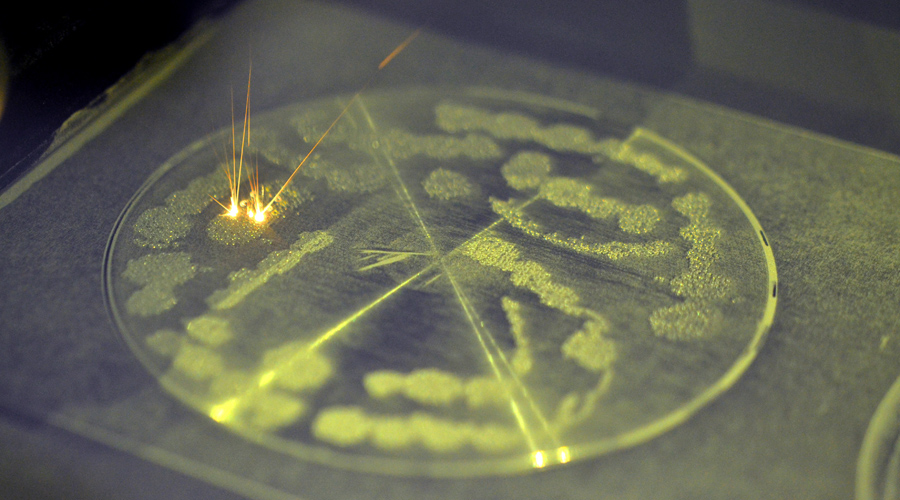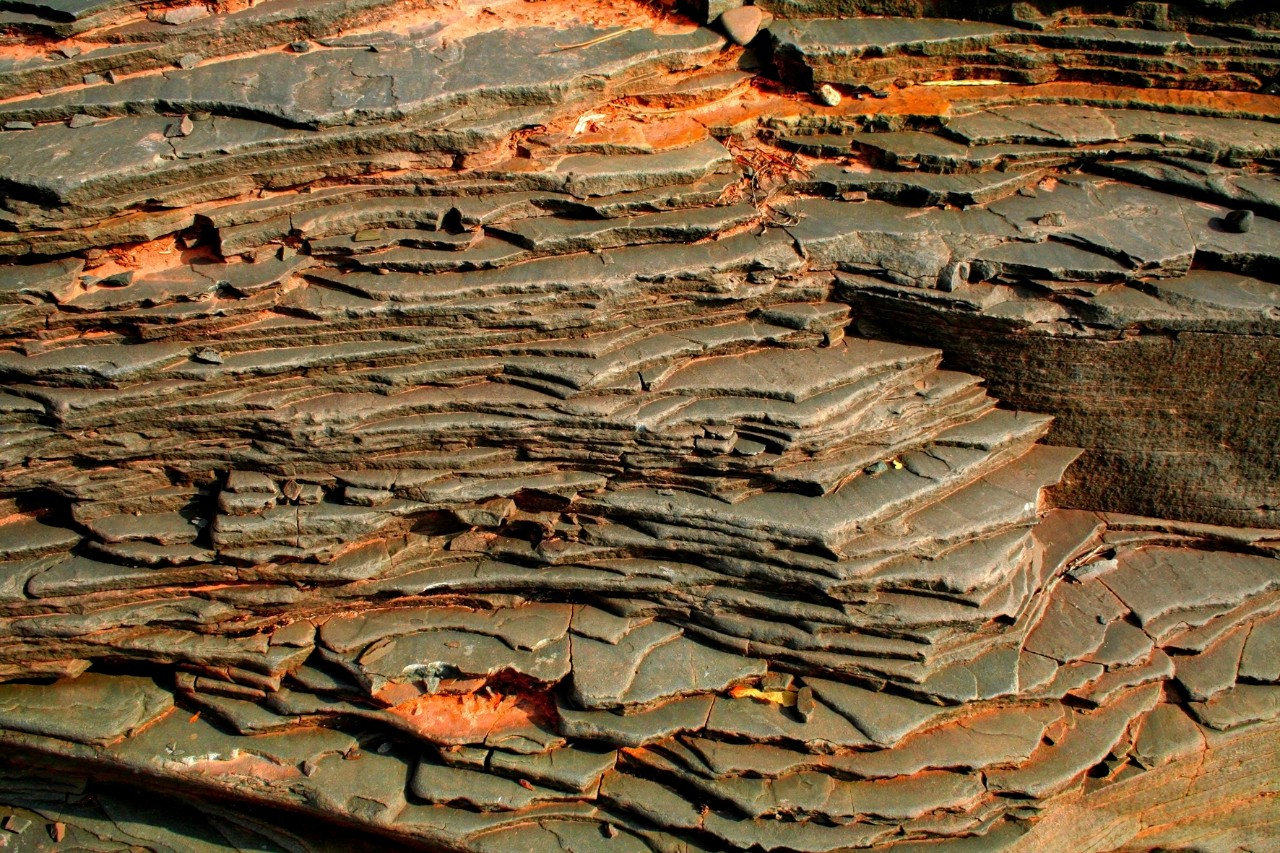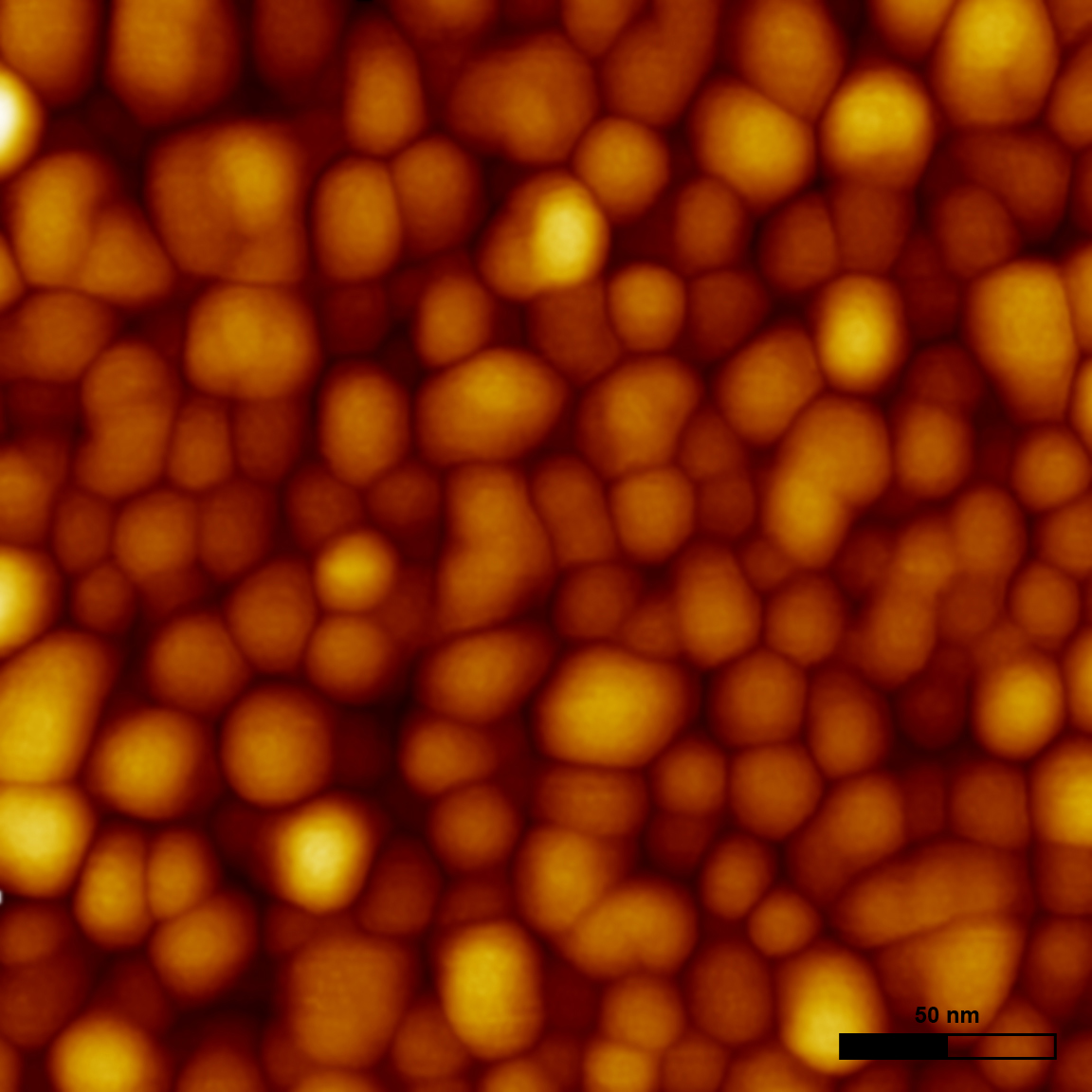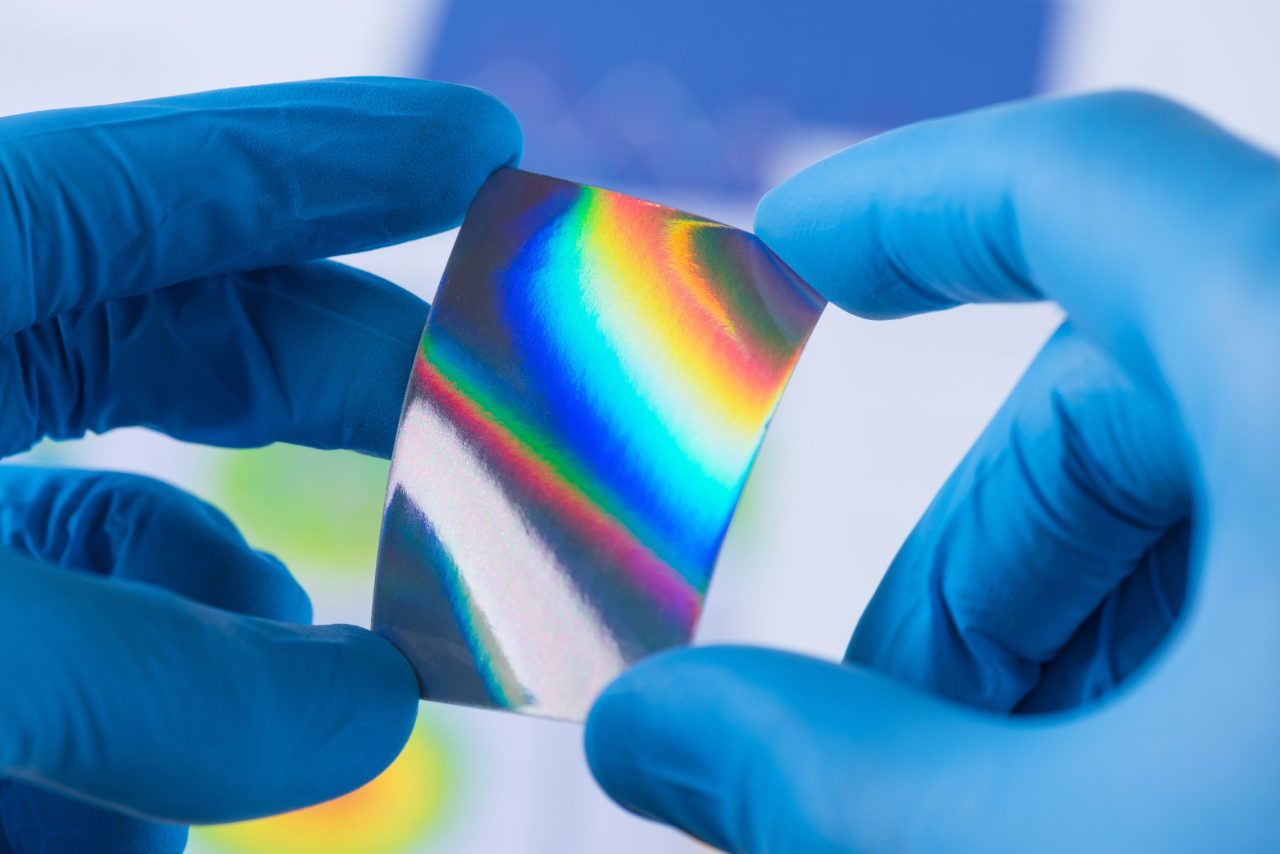

Materials Science Research
Creation and Innovation that Crosses Borders
New products based on biomedical and nanotech materials, thin-films, functional materials, carbons or high-tech ceramics make our lives easier every day. They are sources of industrial growth and technological changes. Thus, the development of new materials and nanostructures pushes the cross-discipline cooperation in various research fields incorporating elements of physics, biology, chemistry and engineering.
Bruker’s innovative and reliable analytical systems help to gain deeper insights into the nanoscale cosmos and to create innovative, usable products. Our systems drive the progress in fields like energy storage, efficient drug delivery and additive manufacturing. They provide new insights into historic artefacts and production processes.






